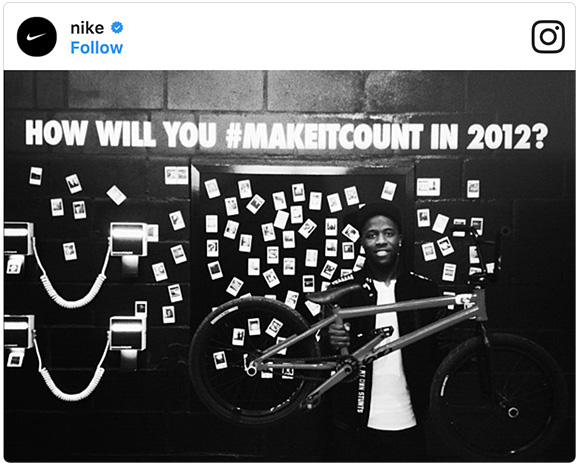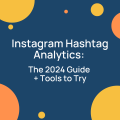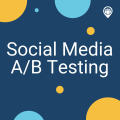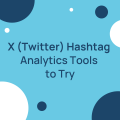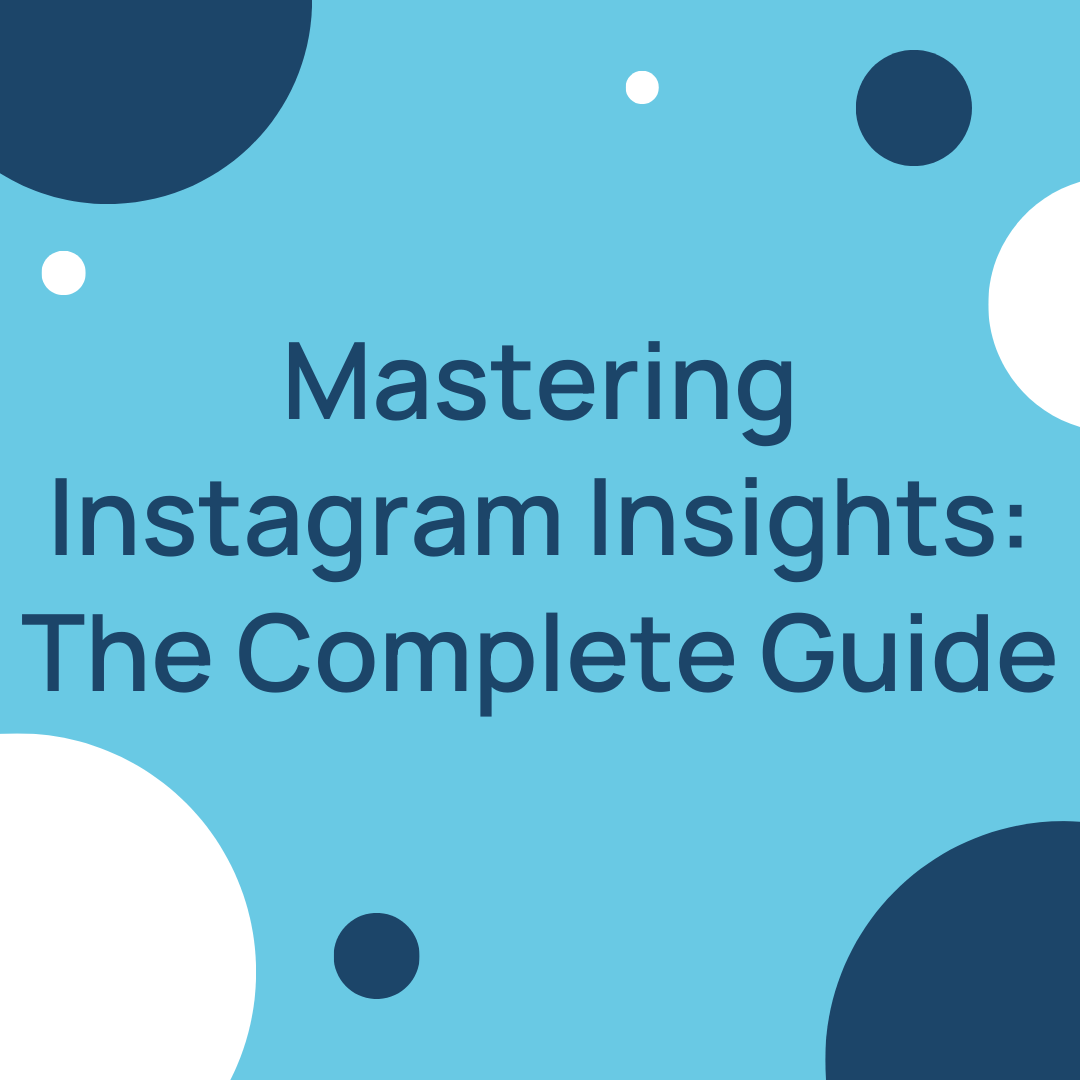How Many Hashtags Should I Use On Instagram?
Ivan Ivanov posted on 30 June 2017
When posting a photo on Instagram, we often go out of our way to include as many hashtags as possible. At other times, we include only one or two hashtags.
With the number of photo engagements different each time, we decided to ask the question of what is the perfect number of hashtags on Instagram? Here’s what we found!
In their personal endeavors and social circles, people often tend to make fun of their friends for using the whole spectrum of #InstaFamous hashtags. In fact, to increase our personal profile reach, we often include as many trending topics in the descriptions of our pictures as possible.

From a marketing standpoint, things don’t seem much different, at least on the surface. In fact, the benefits of using hashtags on social media have been proven time and time again.
Back in 2015, we’ve made a detailed analysis of how the use of the pound symbol (#) in front of a trend boasts a huge improvement in engagement. We’ve also discussed the numbers in detail. In fact, we’ve been following the trend since 2013 and continue to do to this day in 2017.
Having said that, we would be repeating ourselves if we start a discussion on how the proper use of hashtags can improve your engagement and reach on social media. Instead, we decided to discuss the topic of how many hashtags you should use on Instagram and why. Here’s what we found.
The Difference Between Using Hashtags on Instagram Compared to Twitter
First and foremost, we should discuss the core difference between using hashtags on Instagram compared to other social media, such as Twitter and Facebook.
For starters, we are all aware that Instagram is primarily a photo (and most recently short video) sharing platform. On Instagram, people love to indulge in an array of different trends via the use of hashtags. However, instead of focusing primarily on trends like it is on Twitter, hashtags on Instagram are often used to categorize a photo.
With Twitter, it’s easy for an algorithm to understand the context of your tweet via the use of words. That’s why, while hashtags are a popular way of searching for different tweets, the wording you use also matters and lets you be found via the search function of the platform. Nevertheless, people also tend to use Twitter quite differently.
It’s another story with Instagram. On the photo sharing social media, hashtags are used for prime categorization of each photo. Much like tags on a WordPress post, hashtags are the tags Instagram uses to differentiate your photo from other photos on the platform.
While you can still use words and emojis in your description, including proper hashtags for your photo is crucial for the success of its reach and engagement.
How Many Hashtags should you Use?
Here comes the question. With Instagram letting you include over 40 hashtags in your description, how much should you actually use? It’s easy to assume that using as much of the popular and trending tags as possible will boost your reach and engagement, but this is not often the case.
The use of hashtags on Instagram is similar to the use of keywords in an article on a website for the purpose of search engine optimisation. Much like a thousand keywords in an article is considered keyword stuffing, including too many hashtags will only ruin your brand image on Instagram. Following the same example, keyword stuffing will ruin your SEO score, but it will also scream to your audience that instead of caring about your content you are focused on the results. It’s the same with Instagram photos.
One of the main benefits of using a hashtag is that your post has the possibility to achieve a better reach than a post without hashtags. Often, you’ll find that the suggested number of hashtags as shared by social media marketing experts is around a dozen.
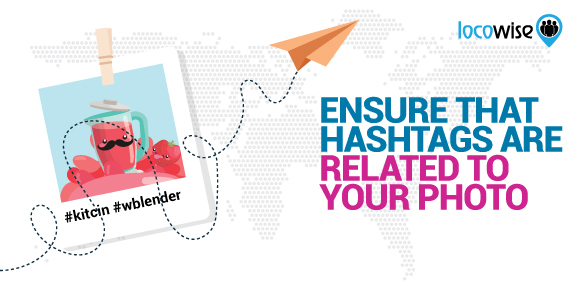
Nevertheless, however many hashtags you decide to use for your post, you must ensure that they are related to your photo. One or two hashtags can be enough, if they describe your photo, engage the audience and are properly placed in the description of your photo alongside with some additional text.
How Successful Brands on Instagram use Hashtags
Take Nike for example. Most of their photos have only one or two hashtags. What’s more, most of the time the only hashtags used by the brand are primarily brand-driven and tend to spread their social marketing message.
Yet, all of their recent photos receive over 350,000 likes and the numbers are sometimes in the millions. Granted, Nike is one of the most popular brands on Instagram, but their popularity is directly related to the quality of their photos.
Going as far back as 2012, you can see that even though they were not as popular on the platform at the time, they still weren’t trying to do any hashtag stuffing on their photos.
Instead, their use of hashtags was completely proper. It increased the reach of their marketing message. In fact, one of their earliest photos just goes to show that even one single hashtag when used properly can make all the difference between a great share and a bad one.
But let’s take another brand as an example. One of the first photos shared by Zara, was a two-parter creative photo that makes up a whole image. Here you can see part [1] and [2]. Both of those photos, and the photos surrounding them didn’t include a single hashtag.
What’s more, the newest photos from the company include only one or two hashtags each with a similar strategy to the one used by Nike.
It’s All About the Photo plus the Hashtags, not the Other Way Around
Much like you wouldn’t be interested in reading a keyword-stuffed, rehashed unoriginal piece of content, people aren’t interested in seeing generic photos on their feeds that have nothing to do with the hashtag.
Being a successful social media marketer you’d have to take into account not only the results and the targets, but also note the human factor. In our busy world filled with data, we often indulge in diving deep into the numbers and the stats and we often forget that at the end of the day our leads are actual people.
Instead, you should try using the data to your advantage and make the best use of it. For example, with Locowise you are able to know the engagement of your competitors on Instagram.
You will also see the different hashtags they’ve used. However, instead of simply trying to copy the amount of hashtags they use, take a quick look at their pictures as well. Consider how related their hashtags are to the photos and whether they send a certain marketing message. Take into account the quality of the picture as well.
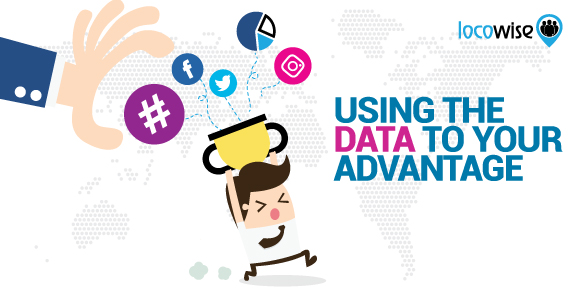
People use Instagram to look at beautiful photos and videos, and to engage with their peers and favorite brands. Simply trying to shove your products down their throats by appearing on their feed for a certain hashtag isn’t the best strategy. Rather, try to think creatively.
The Creative Use of Hashtags on Instagram That Will Lead you to Success
There isn’t one single formula that will help you be the top brand on Instagram. What’s more, there isn’t a single number of hashtags that is the sweet spot for each photo.
Understand that each picture on Instagram is different and most times a different number of hashtags will work out best for you.
One of the main strategies you can take is to use your hashtags creatively. Make sure that you send your marketing message through them. Include them in the description message itself rather than just placing them at the end. These are just two tips that will help you make better use of your hashtag.
Of course, don’t forget that as we’ve mentioned before, your photos matter. Focus on the quality of the photo first and think about the hashtags second. Instead of trying to fit a photo within a hashtag trend to make it work, see which categories your photo will be perfect for.
What’s more, when you want to take advantage of a hashtag, do what Nike did with their second ever photo on the platform. Take a creative photo that corresponds or includes the hashtag in some way.
Proper audience engagement does require you to take a look at the numbers and the stats. Yet, don’t forget to consider the human factor. When reading and analysing your latest social media report focus on the why from the standpoint of your audience.
If you have included a few hashtags in your photos on Instagram and in the case of your numbers being up, instead of doubling-down and including even more hashtags, take a note that you might have just found a sweet spot.

